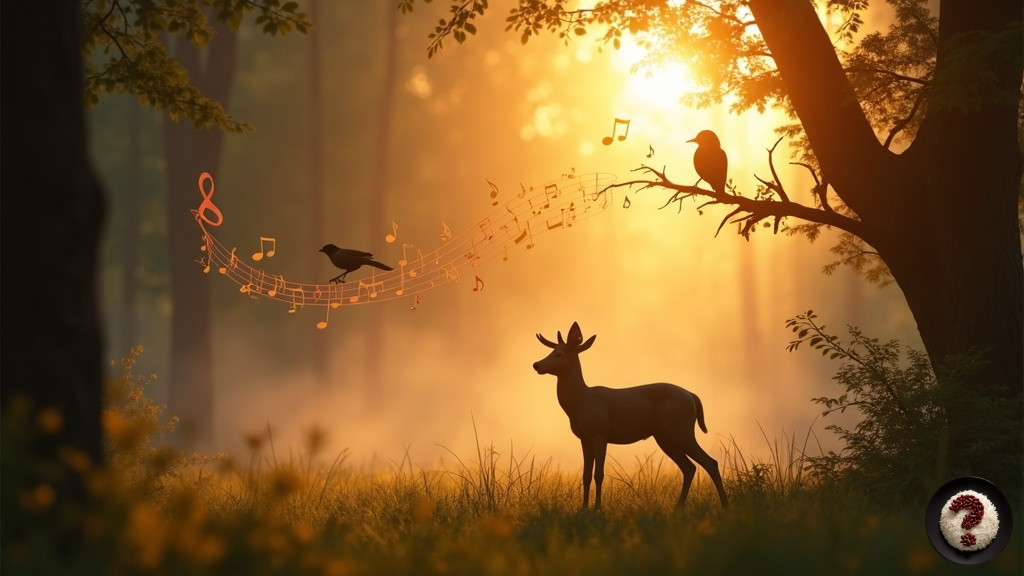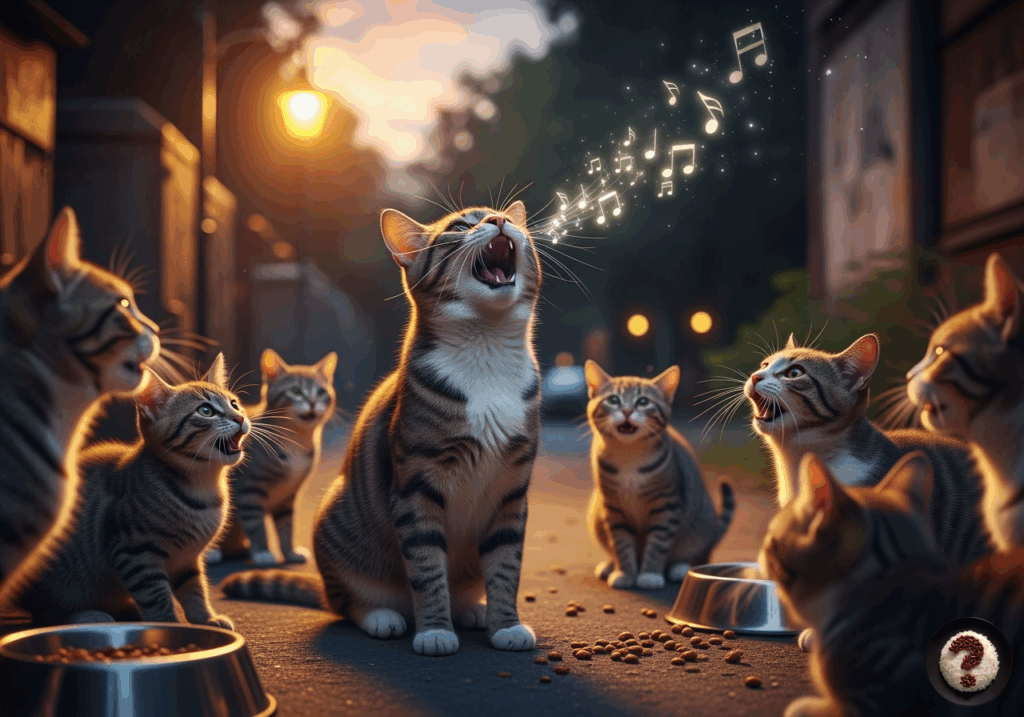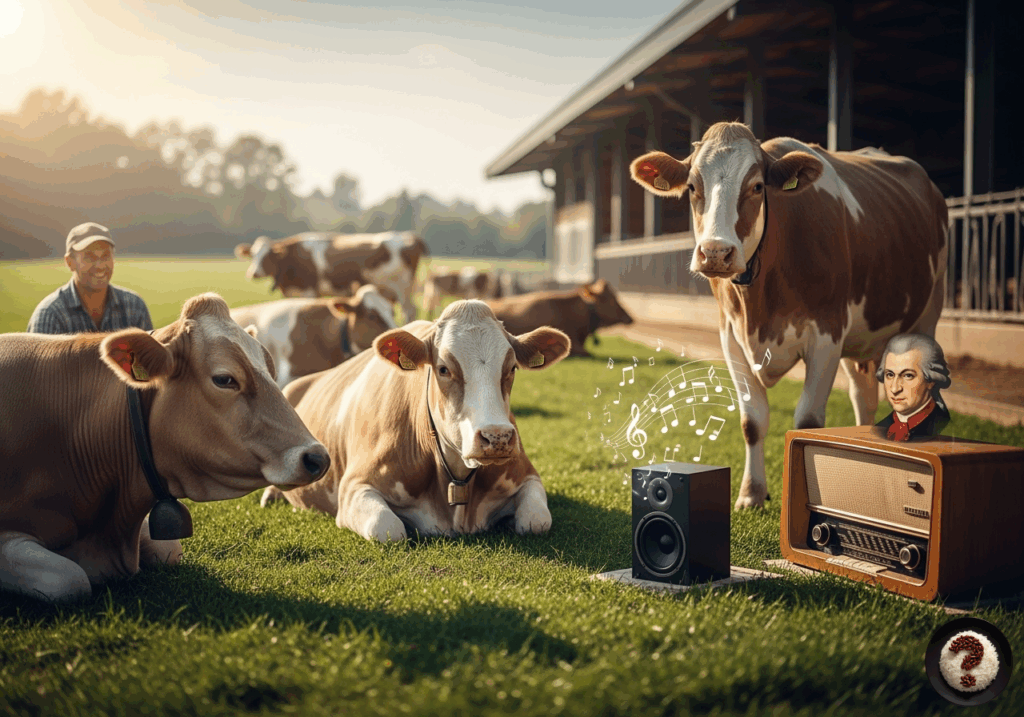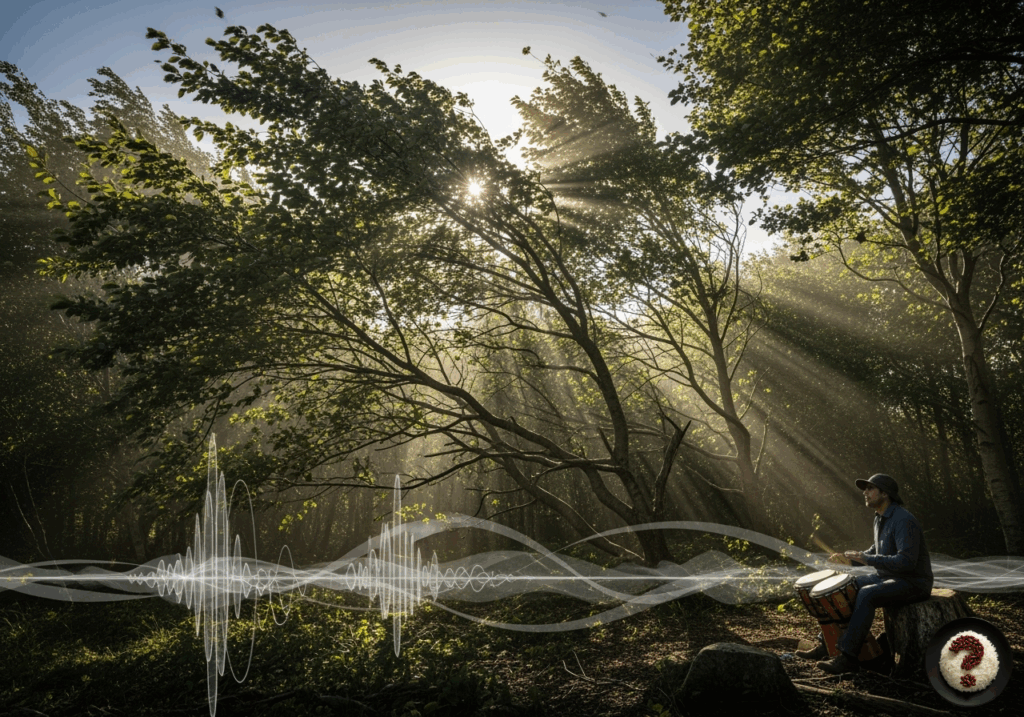
From C Major to Birdsong: The Mysterious Relationship Between Nature and Animals with Musical Notes
They say music is universal… It’s so universal that sometimes we hear a bird chirping in nature and say, “Wow, that’s literally hitting an F note!” Or we wake up to the high pitch of a rooster’s crow in the morning and can’t shake the minor drama in a cat’s meow all day long. So, is this a coincidence, or is it the secret orchestra of the universe? Today, we are talking about how intertwined music, nature, and animals are, in a way that is not too serious but very entertaining!
The partridge that arrives late, skipping the first paragraph; the rooster that crows from seven octaves away at 5 AM; the dog that conducts a symphony with its facial expression… The animal kingdom is truly no different from a conservatory. The only difference is that they don’t read sheet music. But perhaps that’s their advantage; because nature is the composer, the conductor, and the soloist all in one.
Birds are like the music teachers of nature. Nightingales, in particular, use their voices so melodically that one might think, “Let’s make a Spotify playlist out of them!” Who knows, maybe when Chopin was taking a walk in nature at dawn and heard a nightingale, he thought, “Hmm, I’ll work in D minor today”?
Even bees use specific frequencies when buzzing—imagine that! Nature has been using a language of notes for much longer than we have, but for years, we dismissed it as “nature sounds”! In reality, we are in a symphony of melodic grass and rhythmic wind by the end of summer—a free concert!

Here’s a funny observation for you: when street cats meow, especially during mealtime, one of them sounds like Mozart’s hungry version. It’s clear they are blending their emotions with the notes: “Meeowwww…” = “Please open a can of tuna right now!”

What if I told you even cows have a connection to music? In some farms, cows’ milk yield increases with classical music! It has been proven that cows listening to Mozart are less stressed. Imagine: You spend your day listening to classical music, a slight head nod, keeping the tempo a bit… And voilà! Gallons of milk at the end of the day. This must be the most creative soundtrack ever.
We shouldn’t forget marine life. Whales… ah, those whales! If their songs were transcribed, they could win a Grammy as a New Age album. They are practically the string section of the underwater world. Slow, serene, yet powerful. Perhaps if it weren’t for the silence at the bottom of the sea, Moby Dick would have written sonatas instead of Mobydick.

Nature offers not just sound but rhythm, too. The interval of the wind hitting the branches of a tree is like a drummer improvising with nature. The drops of rain sound like percussion in a jazz trio. If a squirrel jumps from a branch, it’s a bridge; if a rabbit hops, it’s a tempo change. Everything is possible because nature doesn’t like boring routines; it constantly performs covers.
One final hypothetical scenario: Imagine you’re sitting in a forest, you have a cup of tea, a deer is the soloist next to you, a nightingale is on backing vocals, frogs are beatboxing, and the wind is playing the bass guitar. DJ Owl is on the mixer. In such a scene, one could easily say, “Let this summer be in C major.”
In conclusion, music is not just produced by humans; nature and animals were in this business long before us! Whether it’s the birds chirping or the cats’ melodic cries, there is a note, an emotion, and plenty of humor in each one. Perhaps when we learn to truly listen, we will notice the perfect tones nature adds to our orchestra.
And remember, you might be annoyed with your alarm clock in the morning, but nature is saying good morning to you note by note. Listen! 🎶🌳🐦
Note: The small musical exaggerations described in this article are intended to bring a smile, and the notes are a gift from nature to rhythm, from rhythm to the reader’s inner peace. Maybe when you hear an E note, your cat is trying to turn on the toaster, who knows? 😄
